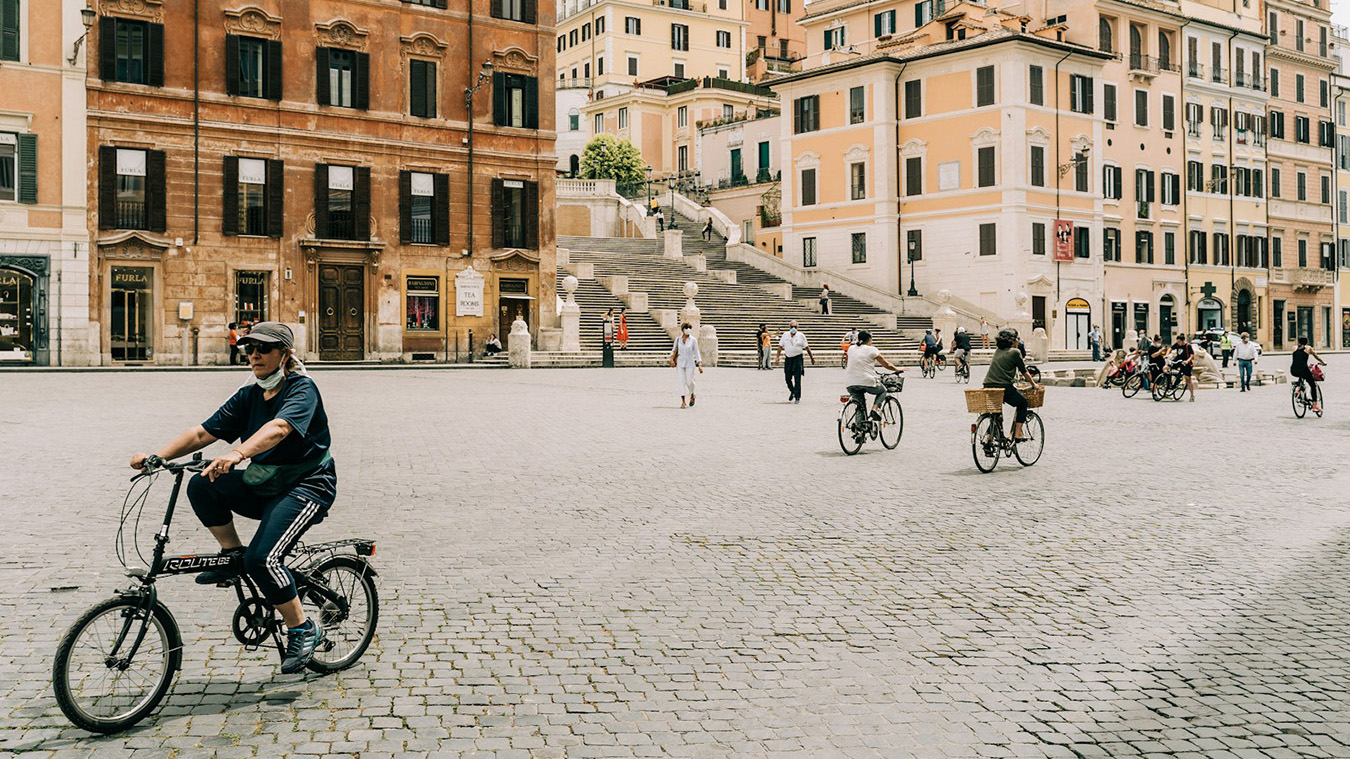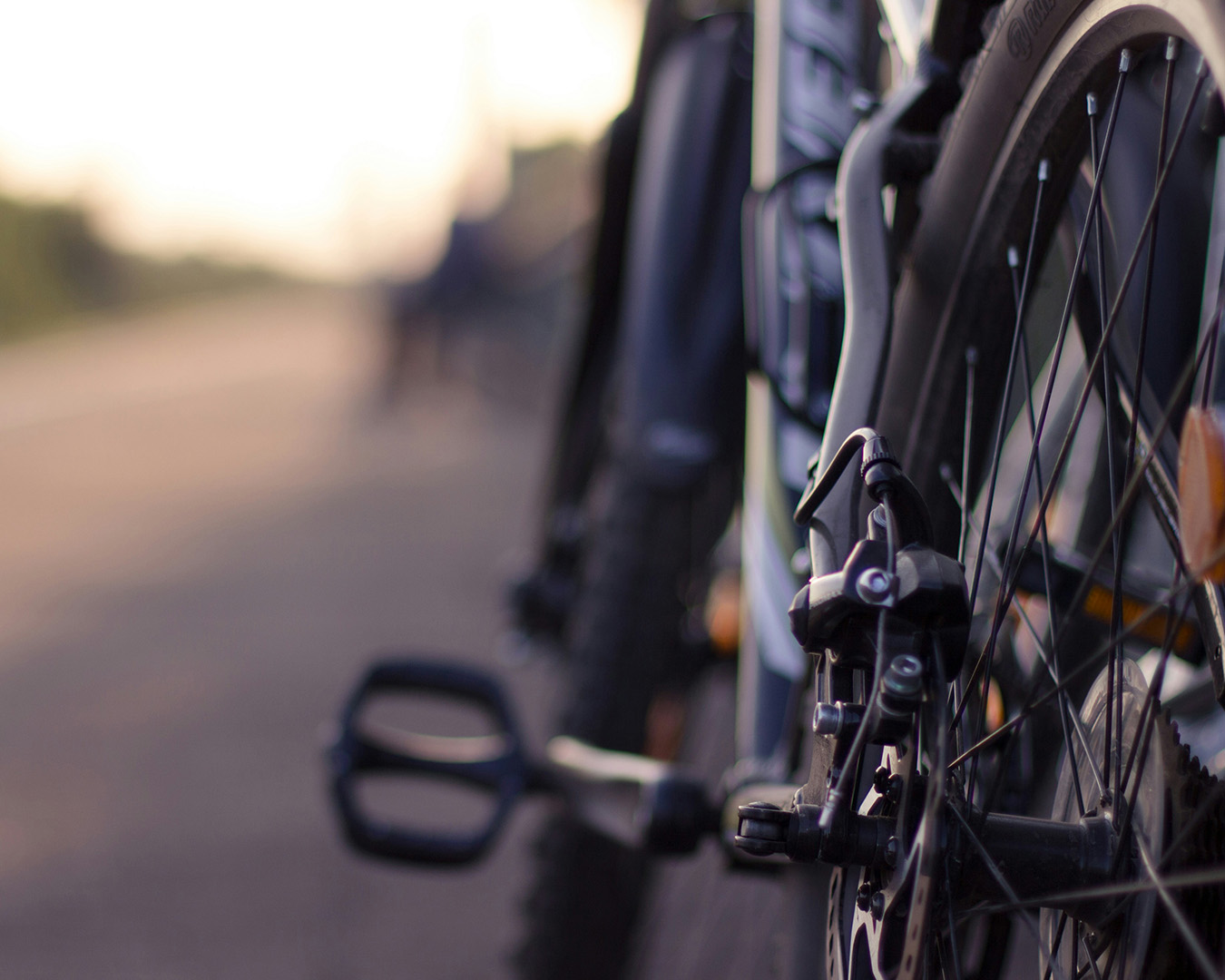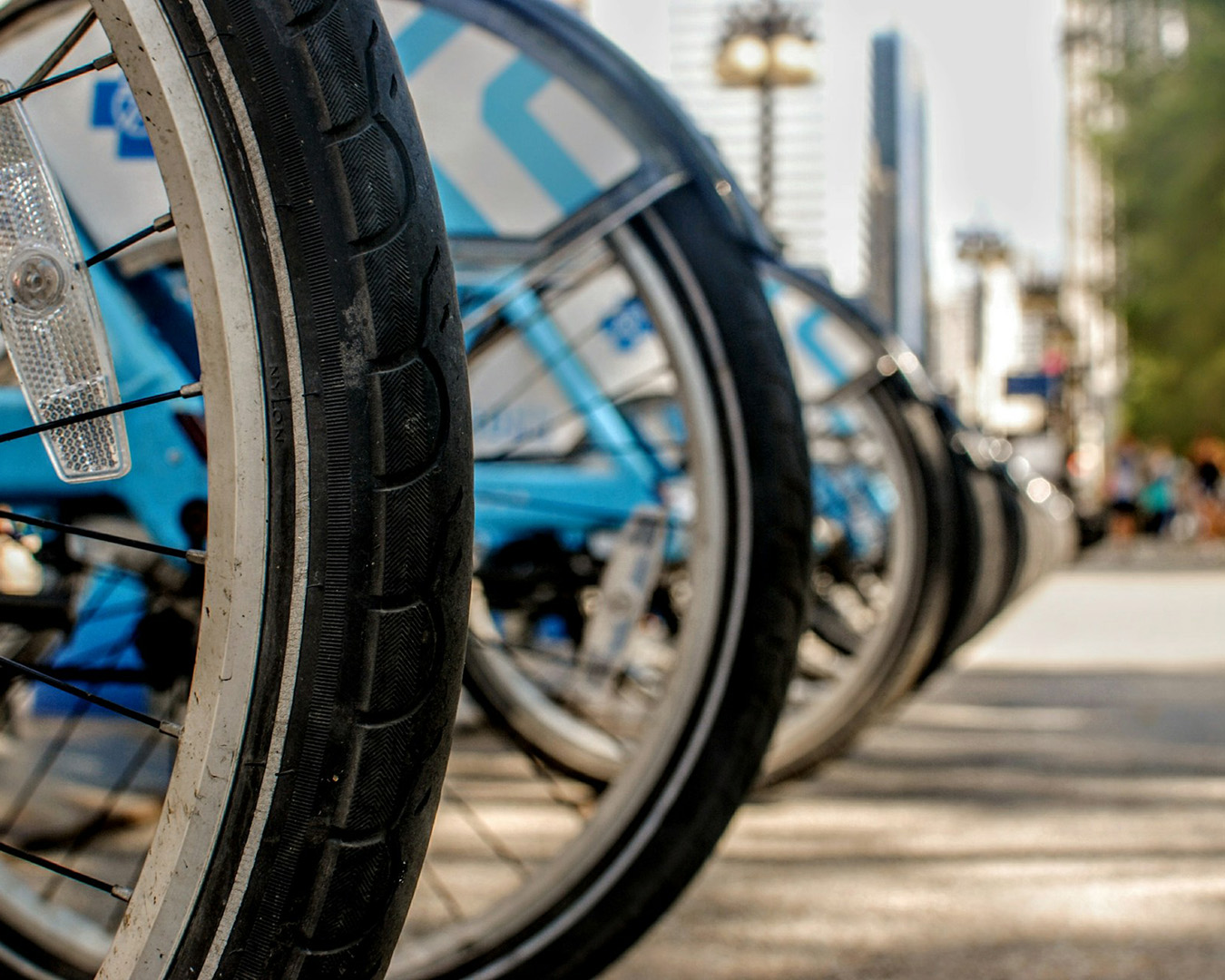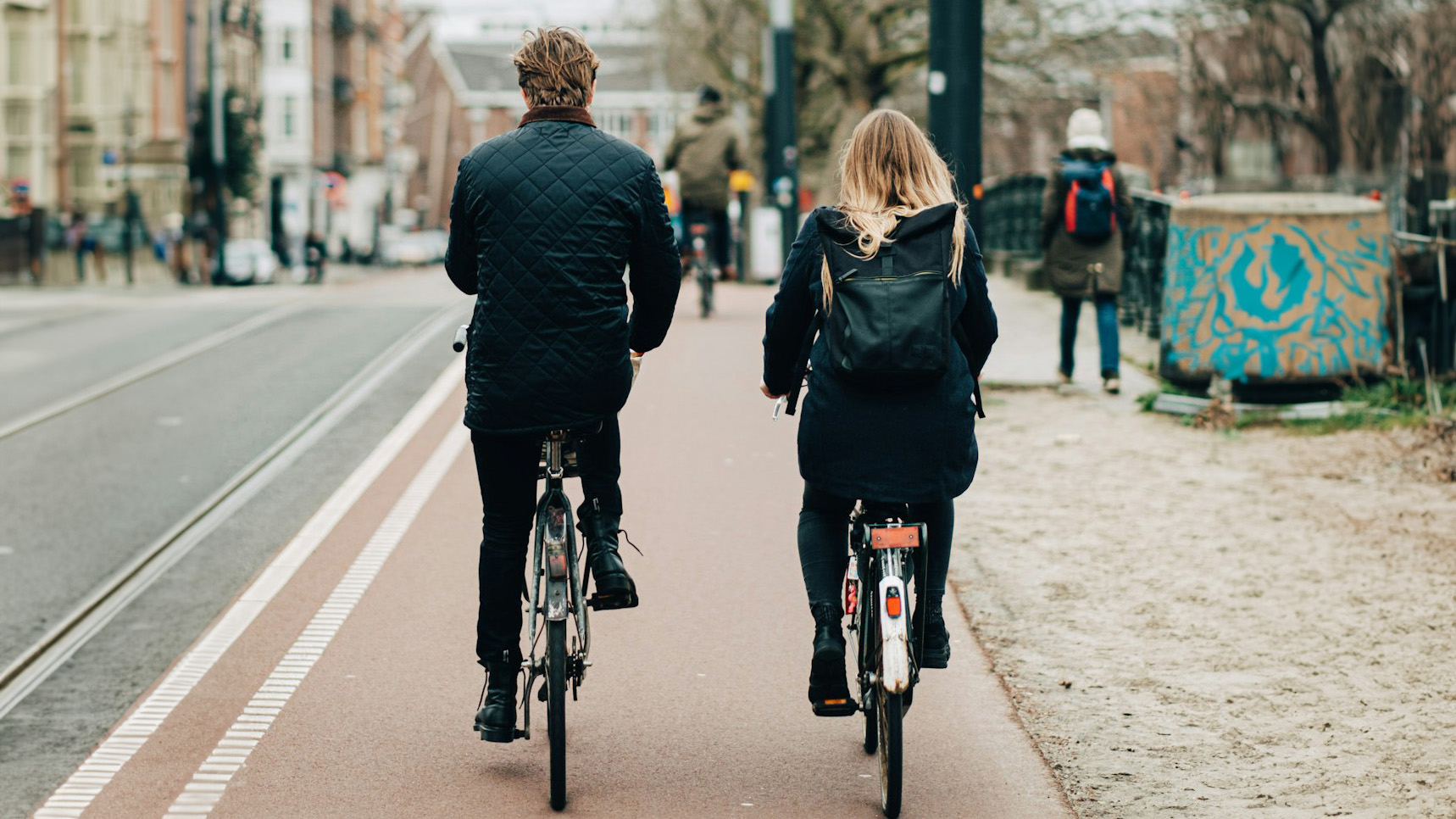Unlocking Urban Potential: The Bicycle Revolution
03.02.2023
The discovery of the wheel marked a turning point in human history, but with the advent of the bicycle
over two hundred years ago, another step forward was taken, allowing humans to move autonomously and
swiftly on roads. Today, despite technological progress, the bicycle remains at the center of debate,
with both supporters and skeptics constantly weighing in.
While dismounting from a horse or donkey differs from abandoning an automobile, both means of
transportation offer benefits on multiple fronts. If two centuries ago the bicycle relegated the horse
to the fields, today it could significantly reduce the number of motor vehicles in cities, improving air
quality and urban quality of life.

This urban revolution, unlike previous ones, could be the solution to returning to a healthy way of
living, creating an urban environment more suitable for people. Giving space back to pedestrians in city
centers means restoring streets to their original function as lively and active spaces where horses and
carriages once passed.
Fortunately, many cities, not just in the north, are successfully adopting urban transformation
policies, creating green and welcoming pedestrian areas. These areas not only enhance the quality of
life for residents but also attract more tourists, boosting local commerce.
In this context, the bicycle finds its ideal habitat, with safe routes and adequate infrastructure. Will
we, as a community, succeed in revitalizing our neighborhoods, our lakeshores, and rediscovering the
pleasure of living in a human-scale environment? The bicycle could be the key to this change.


"Promoting a happy balance between work and life is crucial for the success and well-being of both companies and employees."

